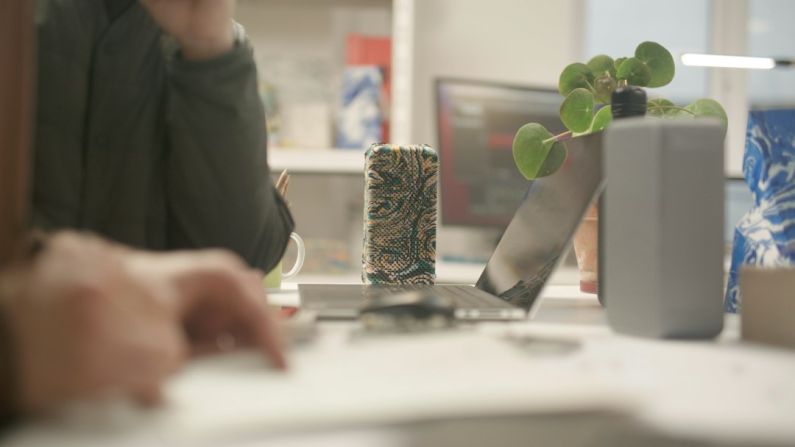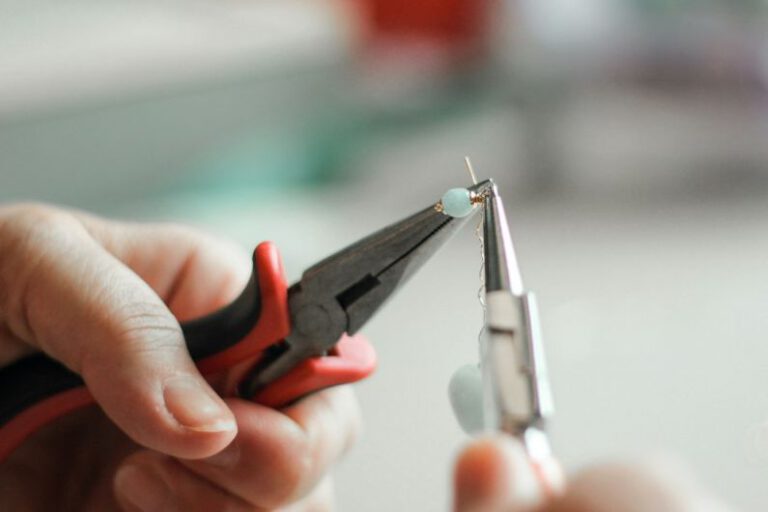What Are the Best Practices for Sustainable Crafting?
Sustainable crafting is an increasingly popular trend, as people become more conscious of the impact their hobbies have on the environment. Crafting, whether it involves knitting, sewing, or any other form of creative expression, can generate a considerable amount of waste if not done mindfully. To ensure that your crafting practices align with sustainability principles, here are some best practices to consider.
Choosing Eco-Friendly Materials
One of the first steps towards sustainable crafting is to select eco-friendly materials. Instead of using new materials, opt for recycled or upcycled ones whenever possible. For example, repurposing old fabric scraps or using recycled yarn not only reduces waste but also gives a unique character to your creations. Additionally, look for materials that are made from sustainable resources, such as organic cotton or bamboo.
Minimizing Waste
Crafting often involves cutting and shaping materials, which can result in a significant amount of waste. To minimize waste, plan your projects carefully and try to use every bit of material you have. For example, you can save fabric scraps to use as stuffing for future projects or repurpose them into smaller accessories. Additionally, consider composting any organic waste generated during your crafting process.
Using Non-Toxic Materials
Many crafting materials contain harmful chemicals that can be detrimental to both the environment and your health. When selecting materials, make sure to choose non-toxic options. Look for products that are labeled as non-toxic or eco-friendly. For instance, opt for water-based paints instead of those containing harmful solvents. By using non-toxic materials, you not only protect yourself but also prevent the release of harmful substances into the environment.
Supporting Local and Ethical Suppliers
Another important aspect of sustainable crafting is supporting local and ethical suppliers. By sourcing materials from local businesses, you reduce the carbon footprint associated with transportation. Additionally, choose suppliers that prioritize fair trade and ethical practices. This ensures that the materials you use are produced in a socially and environmentally responsible manner.
Repurposing and Upcycling
Repurposing and upcycling are excellent ways to reduce waste and give new life to old items. Instead of throwing away old clothes or household items, consider how they can be transformed into something new. For example, old t-shirts can be turned into a colorful quilt, or glass bottles can be transformed into beautiful vases. Get creative and think outside the box to find new uses for old items.
Donating or Selling Unwanted Craft Supplies
If you have craft supplies that you no longer need, consider donating or selling them. Many community organizations and schools are in need of craft supplies and would greatly appreciate your donation. Alternatively, you can sell your unwanted supplies to other crafters who may find them useful. By doing so, you not only reduce waste but also support the crafting community.
Educating Yourself and Others
To truly embrace sustainable crafting, it’s essential to educate yourself and others about the importance of environmental consciousness. Stay informed about sustainable crafting practices, attend workshops, and share your knowledge with fellow crafters. By spreading awareness, you can inspire others to adopt sustainable practices and make a positive impact on the planet.
In conclusion, sustainable crafting is all about being mindful of the materials we use, minimizing waste, and supporting ethical practices. By choosing eco-friendly materials, minimizing waste, using non-toxic substances, supporting local suppliers, repurposing items, donating or selling unwanted supplies, and educating ourselves and others, we can make a significant contribution to a more sustainable crafting industry. So, let’s embrace these best practices and enjoy our creative hobbies while also protecting the environment.






